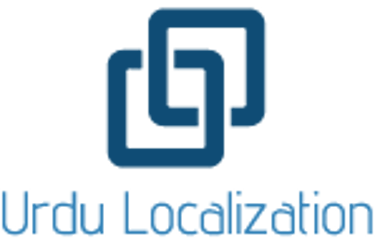
Inside the World of a Professional Urdu Translator: What It Really Takes
2 min read

Most people think translation is just about swapping words from one language to another. If only it were that simple.
For a professional Urdu translator, the job is part language mastery, part cultural bridge-building, and part detective work. It’s a career where your audience often never sees your name, but they feel your presence in every sentence they read.
It Starts with More Than Just Knowing Two Languages
Anyone who speaks both English and Urdu might think they can jump straight into translation. But professional translation — especially certified Urdu translation — is a different craft entirely. It’s not enough to “know” the words; you have to know how they live.
For example, the English phrase “hit the ground running” can’t be directly translated into Urdu without sounding odd. A skilled translator will find a phrase that carries the same energy and meaning for the Urdu reader, even if the wording is completely different. That choice comes from deep cultural awareness, not just vocabulary.
Why Accuracy Is Only Half the Job
Accuracy matters, of course. But so does tone. A professional Urdu translator working on a legal contract must be precise and formal, while someone translating a tourism brochure needs warmth and approachability. That’s why many translators specialize — you’ll find experts in legal Urdu translation, medical Urdu translation, and technical Urdu translation who know the language of their field inside out.
It’s a bit like cooking. You can follow a recipe word-for-word, but without understanding the flavor you’re aiming for, the dish falls flat.
The Cultural Balancing Act
Every English to Urdu translation carries hidden cultural decisions. Should the address be formal or friendly? Should a measurement be in miles or kilometers? Does a reference to a Western holiday need replacing with something locally understood?
This is where Urdu localization services come into play. Localization adapts content so it feels natural to the audience — from the choice of words to the colors on the page. Translators who also localize are constantly balancing linguistic accuracy with cultural resonance.
The Pressure Behind the Scenes
Deadlines can be brutal. Imagine being given 10,000 words of a technical manual on a Wednesday afternoon with a Friday morning delivery. There’s no time to second-guess every sentence. A seasoned translator develops the discipline to work fast without cutting corners, often supported by glossaries and translation memory tools they’ve built over years.
But here’s the thing: tools can help, yet the real skill is still human. No AI or automated service can replace the judgment of a translator who understands why one word will move a reader and another will leave them cold.
Why Businesses Should Care
If your business is looking to connect with Urdu-speaking customers — whether through website Urdu localization, marketing material, or official documents — the person you choose to translate your content will directly shape your audience’s perception of your brand.
Cut corners here, and you risk misunderstandings, mistrust, or even legal trouble. Invest in the right translator, and you open doors to trust, loyalty, and new markets.
Closing Thoughts
The work of a professional Urdu translator is often invisible, but it’s everywhere — in product manuals, on websites, in subtitles, in contracts. Behind each of those words is someone making dozens of choices to ensure the message is clear, accurate, and culturally alive.
It’s not glamorous work, but for those of us who care about language, it’s deeply satisfying. After all, we’re not just moving words from English to Urdu; we’re carrying meaning across a bridge that connects people, ideas, and entire worlds.
